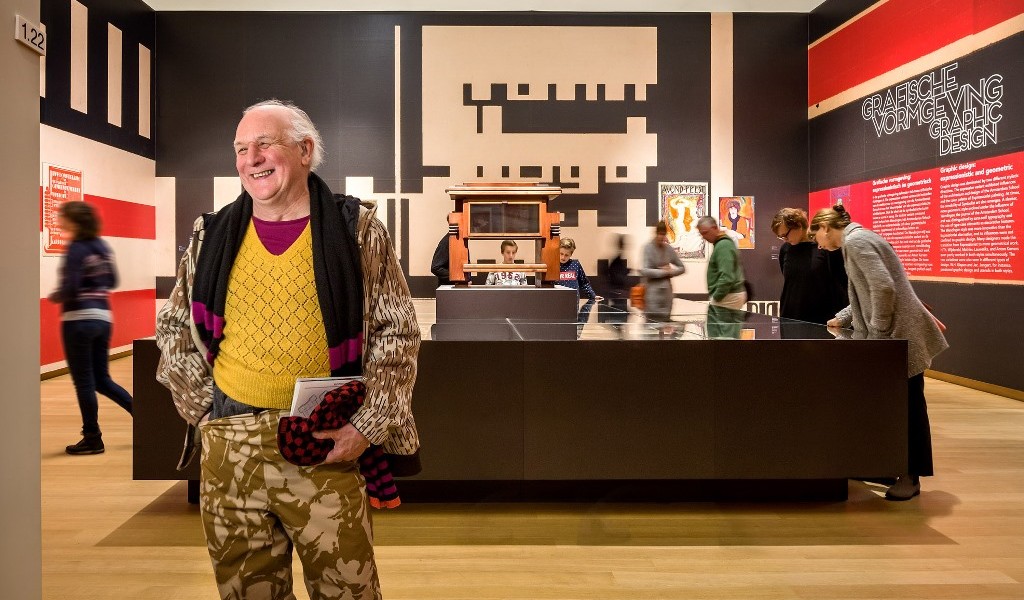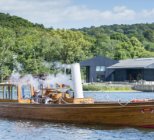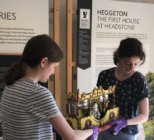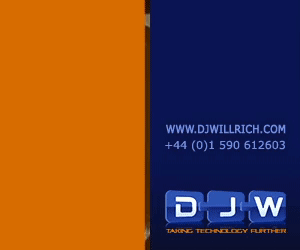Understanding the visitor viewpoint
The traditional focus of many museums and heritage venues has been inwards, looking at their collections, displays, archives, records, building, site, etc. – an organisational agenda. The key first step towards change is to switch to looking outwards, to your visitors. This often involves trying to gain a deep understanding of your different audiences and what they want from a visit and what would make a great experience for them.
If their visit has been hard work, then they may not value your museum or heritage venue particularly highly
There are similarities between understanding your visitors and businesses understanding their customers. Visitors do not have to come to your venue; they have plenty of choice of other ways they can spend their time. They will only consider a visit if we offer them something that closely matches their own agendas.
In fact, adapting the Five Magic Words of Sales is a great way to understanding the viewpoint of your visitors – ‘What’s in it for me?’ And the more research I do, including for the book, the more I realise that if we understand the visitors’ viewpoint, what they are really asking of a visit is: ‘What am I going to get from this?’

Where we make visitors work
A visit is not just a carefree leisure activity – for most visitors, it involves work, sometimes hard work. The most obvious work is physical in nature (e.g. travelling to/from the venue, moving around a site; looking and reading at different heights; bending down; climbing steps/stairs, etc.)
Less visible are the mental tasks and activities than visitors have to do, though these can be equally taxing. We are familiar with visitors having to work to engage with exhibits – scanning, seeking, finding, looking, reading and understanding.
Across the whole visitor journey, visitors also have their own questions and try to find the answers – they are questioning, researching, assessing, reviewing, comparing, choosing and planning. They need to make decisions and judgements, often about how a visit matches their own concerns and agendas and therefore its worth.
The amount of work varies between venues and audiences. It is unlikely that any visit is totally work-free and many involve considerable work at certain stages. The effect of work is cumulative and as it builds up, it affects how visitors view their visit and perceive its value.
Work before a visit
Visitor work starts early, well before a visit takes place. As visitors start to formulate the idea of visiting, they start thinking about their own agendas and what they want out of a visit. We can understand this stage as visitors asking a series of questions that reflect their concerns:
Typical visitor questions reflecting concerns about a visit:
Interest – What’s it about? Does it interest me?
Experience: What happens? What will I do?
Effort: What will I have to do? Is it much work?
Rarity: How special is this? How easily can I do it elsewhere?
Status: How ‘cool’ is this? Can I brag about this?
Reportage: Can I tell a story? Can I take images? Can I use social media?
There are also other elements to a visit that interest visitors, such as visiting with others (social experience), personal reasons and learning/personal enrichment. When deciding to visit, visitors have to work to answer their own questions. If the answers are a good enough match to their own agenda, then they start to build commitment to visiting. In the early stages of this decision-making process, they could be comparing a visit to your venue to other possible alternatives – they could spend their time, effort and possibly money doing something else.
Visitors will seek answers to their questions from a variety of sources. Many of the obvious sources are controlled directly by the venue (e.g. museum website, leaflets, posters, adverts, direct emails, generated social media). However, visitors may also use other sources, where the venue only has partial control (e.g. media coverage; tourist info; links to other digital content; word-of-mouth) as well as those where the venue has no control (e.g. most social media; other websites; independent tourist guidebooks/reviews/publications).
All the work that visitors do pre-visit is about building up a picture of what the visit will be like and what the visit offers them. Only if the offer seems strong enough will visitors then progress to other stages involving planning their visit and working out logistics such as times and travel.
For me, Madame Tussauds is the classic example of explaining the visitor offer really clearly. In their publicity and website for their venues across the world they emphasise the social nature of a visit, the many opportunities to take and post selfies and photos and the opportunity to enter fantasy scenes; offers that they know their visitors want.

Work at the venue
Even when visitors arrive, there is more work to do. Depending on how complete a picture they already have of their visit, visitors might need to fill in any gaps in their understanding of what is on offer. This often happens with groups such as families, where not every member has an equal understanding of the visit.
Compton Verney Art Gallery and Park in Warwickshire has an interesting approach to this. It has a series of graphic panels outlining key offers to different audiences – Art Lovers, History and Heritage Lovers, Wildlife Lovers, Families and a panel ‘For Everyone’.
Even with a complete understanding, visitors have to map their perception of the visitor offer onto the physical layout of the venue. They have to transform from being travellers into visitors and then structure their visit. This includes working out ticketing, guidebook, cloakroom, toilets, catering options, timings, where to start and how to proceed.
Birmingham Museum and Art Gallery addresses this work head on. One of the big highlights they signal is the Staffordshire Hoard because they know people want to see that particular part of the collection. So, instead of ignoring that fact they make it prominent and continue it through the galleries.
Once visitors are enjoying galleries, displays and exhibits, there is still work to be done. It takes effort to link together and understand titles, panels, graphics and labels, especially as they are being read at different heights, viewing distances and viewing planes. Visits often also involve map reading and navigation skills as well as numerous option points and decisions.
Removing Visitor Work
A key way to start understanding the visitor viewpoint is to identify where visitor work happens. A visitor experience audit can look at a wide range of visitor-facing activity and uncover work during the key stages throughout the visitor journey as well as highlight points on a visit where visitors have to work hard.
As visitor work is cumulative, so is removing it – even small improvement can add up to make a difference. Every time we remove a couple of per cent here and a few per cent there we remove difficulty for visitors and make their visit a bit easier and clearer. This then releases more energy and time for visitors to get more out of their visit and to enjoy themselves.
Once work is removed, this benefits visitors from that point on into the future. So venues with limited budgets can phase in changes over time to remove visitor work and make better visits, as resources allow. Venues with more resources can make changes faster, or make improvements as part of other projects.
Becoming a responsive organisation
Removing work and giving visitors a better experience has far-reaching benefits. If visitors enjoy visiting, it is easier to generate repeat visits and develop long-term relationships with them. Word-of-mouth recommendations have become more important with social media. Visitor numbers and income generation will be tied increasingly to the quality of experience that comes from a visit, especially when compared with other alternatives that compete for people’s time and attention.
Giving visitors a great visit is also part of developing long-term sustainability. The quality of experience will influence people’s perception of an organisation. If their visit has been hard work, then they may not value your museum or heritage venue particularly highly. This may well extend into judgements about the worth of your whole organisation and whether it should be respected and supported. Take obvious steps to make a visit better and you may seem welcoming and responsive. This might just make you worth supporting when times get tough.










